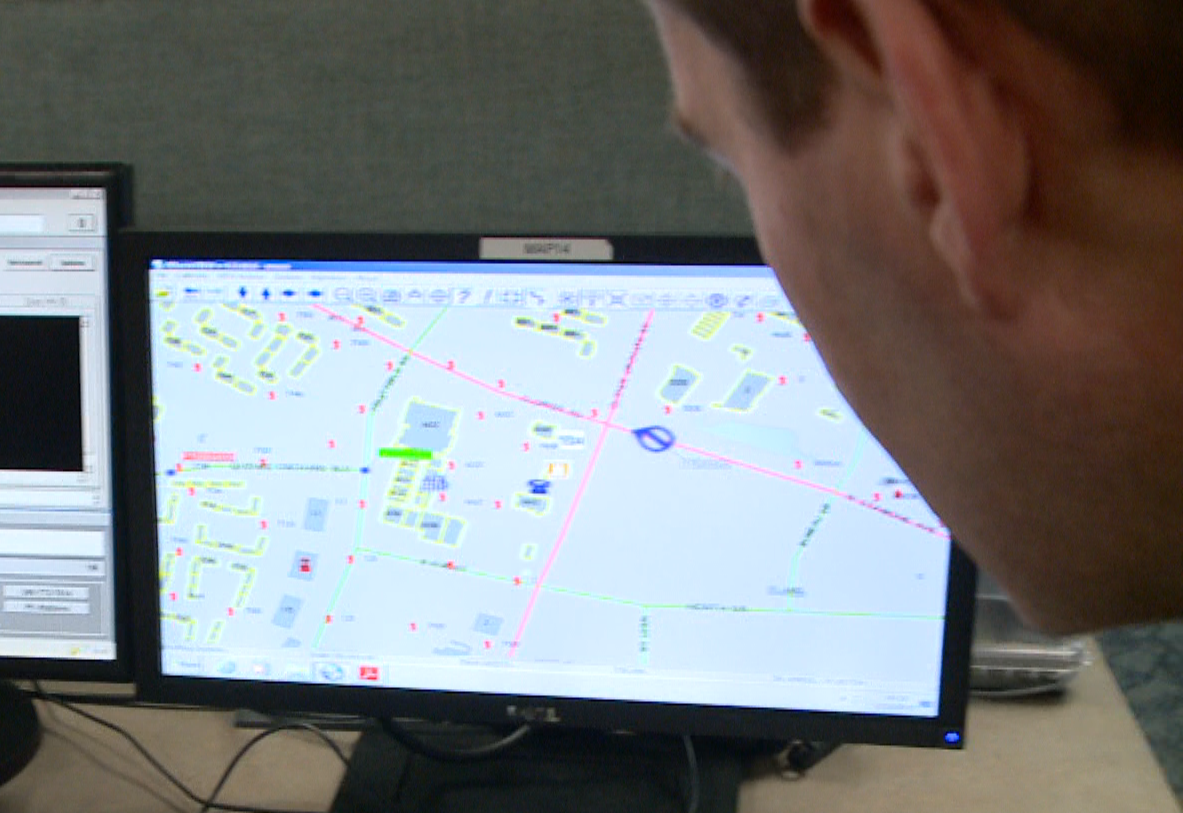MCLEAN, Va. (WUSA9) - New technology being tested right now at Tyson's Corner Center could become the next generation of 911 and locate - within a few feet sideways or up and down - whether you're at ground level or in a penthouse on the top floor.
For updates on this story follow Investigative Reporter Russ Ptacek on Twitter @russptacekor like Russ Ptacek on Facebook.
McLean based firm NextNav, which is currently demonstrating its elevation/location technology to the FCC, 911 centers and phone carriers, is allowing the system to be seen here for the first time on television.
The technology offers solutions to fatal flaws identified in our February joint investigation with USA TODAY and Gannett stations across the country.
Our review of systems locally and nationwide found 911 centers are often unable to see cellular phone callers's locations - with anywhere from 10% to 95% of 911 system calls not quickly displaying caller GPS data.
In some cases, victims - like 31 year old Shannell Anderson in Georgia - died because 911 couldn't see their location and they were unable to give enough clues to bring rescuers in time.
None show elevation, which is a coming requirement for 911 and would direct rescuers not only to the correct building but to the exact floor of the building in an emergency.
If adopted, the system NextNav is now demonstrating could change that.
The WUSA9 investigation found, that of agencies that track cellular data received, DC's 911 system had the highest number of area failures with 90 percent of the 911 calls not immediately showing location data.
Loudoun County had the fewest failures of area systems that reported to WUSA9 - but still didn't capture location data 71 percent of the time.
Read More:
NextNav's system would transmit latitude the longitude with the altitude through cellular providers to 911 screens.
It's that ability to track altitude - giving 911 location and floor level of the caller - that differentiates it from any 911 technology used in the world.
"This is what's critically missing right now," said Fairfax County 911 Director Steve Souder. "In 911, as soon as you can do it, the better it is for everyone."
Souder is watching NextNav and other technology firms which will compete to meet FCC regulations to identify location and floor level.
Although NextNav's Bruce Cox says the company has already built a network in 50 markets across the country - currently used for other bandwith transmission, the 911 location system remains in test mode awaiting approval.
"Within 24 months we would be able to develop those markets where it could fully entertain the signals, the beacons," said Bruce Cox.
Before NextNav or competing systems can go live, the FCC says carriers have to adopt 911 location standards in a process that could take six years just to start.
For the system to work, new phones would have to include a proprietary chip and cellular carriers would have to contract with NextNav to use its proprietary towers for the 911 system to work.
Photographer/producer Jeffrey Keene contributed to this article.

